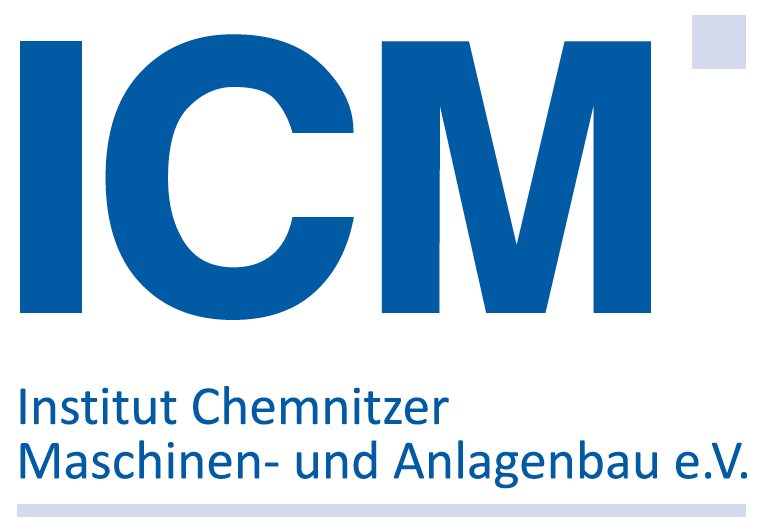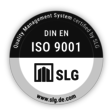Human-Technology Systems
Simulation software is an essential requirement for virtual development of mechanical and mechatronic products as well as for planning, adaptation and optimization of processes involving interactions between humans and their environment.
In this research field, the R&D activities of the former Institute for Mechatronics e. V. are continued. This includes the development and application of software for modelling and simulating the dynamic behaviour of mechanical and mechatronic systems as well as for the digitization of human movements and human-machine interactions.
We use our software products and related services in our own R&D projects as well as in cooperation projects with other research institutions and industrial partners. We offer the software and services for sale to external interested parties.
Simulation of the dynamics of mechanical and mechatronic systems
Simulation software can be used to develop virtual prototypes of mechanical and mechatronic systems and simulate their dynamic behavior even before the first real prototype is available. Typical application areas for such simulations include mechanical and plant engineering, device manufacturing, and vehicle construction. Simulation plays a key role in the product development phase, particularly in industries where the implementation of real prototypes is very costly.

For this purpose, we develop the alaska/MultibodyDynamics software. Our customers use it, for example, in the development of wind turbines. The simulation models used represent such systems as complex mechatronic systems, including sensors, actuators, and controls. The multitude of simulations performed is not limited to virtual commissioning, but also simulates a wide variety of events during production.
In addition to the general-purpose alaska/MultibodyDynamics software, we develop application-specific and customer-specific software. One example is the FlexSim software for simulating the assembly and loading of highly flexible, one-dimensional components, such as hoses and cables.
Digitalization of movements and interactions
In certain products and processes, humans play a key role as users or actors. To address this role during the computer-based development of products and process planning, digital human models (DMMs) are used.

We have been developing the Dynamicus digital human model for many years, and not only for the aforementioned applications. It can be used both as a component in simulation models for the general-purpose software alaska/MultibodyDynamics and in application-specific software.
We use a workflow for capturing human movements and interactions with the environment, which we are continuously developing. This includes the integration of motion capture measurement technology for motion recording. We use force measurement sensors to capture interactions with the environment. Special software stores the movements and interactions and transforms them onto the DMM. The digitized movements and interactions are available to us for subsequent computer-based studies. We use this workflow both in addressing research questions in the areas of product development and process planning, as well as for questions from sports science, rehabilitation, and ergonomics.
Our Services
Our software has a wide range of possible applications. If you're interested in our support, we'd be happy to arrange a free initial consultation to discuss your individual needs and requirements.
Customized Software Solutions
For many customer-specific applications, however, the development of specialized simulation software focused on a specific purpose is more suitable. This allows for the integration of customized functionalities, minimized calculation times, and the adaptation of customer-specific interfaces. Most importantly, however, is the precise alignment to the customer's needs and processes.
The alaska/SimulationEngine (a class library for the description and analysis of technical systems using the multi-body dynamics method) can be used as a basis for this.
For the analysis of human-machine interactions, the institute develops specific software components for acquisition, digitization, simulation, and evaluation. Specific components are developed that:
- support the effective connection of complex measurement systems
- structure and store large amounts of measurement data
- automatically prepare measurement data for simulation
- calculate the temporal synchronization and spatial orientation of the measurement systems
- generate automated models based on the measurement systems
- start a calculation distributed across the network for faster processing
- enable process-related evaluation
By combining customized software and hardware, it is possible to map the entire process to the customer's specific requirements. This includes:
- Hardware design according to customer requirements
- Evaluation of technical requirements
- Definition and creation of the operating system and embedded software
- Definition of interfaces to the software
- Custom software development
Please, don't hesitate to contact us for distribution.
Conducting movement studies
- Development of variable mockups for biomechanical studies
- Conducting extensive measurement campaigns
- Subject acquisition
- Data acquisition, processing, and analysis
- Process scheduling
Customer-oriented application support
(Kopie 4)
- Consulting in modelling, model development
- Problem-oriented training in the field of wind turbines and biomechanical modeling
- Advice on measurement campaigns and measurement systems for biomechanical studies
Services in simulation
- Model development, calculation, validation, analysis


![[Translate to Englisch:] www.sig-forschung.de](/fileadmin/_processed_/8/1/csm_SIG_Logo_01_0f38ea6992.jpg)
![[Translate to Englisch:] www.zuse-gemeinschaft.de](/fileadmin/user_upload/icm/logos/icm_logo_zuse.png)
